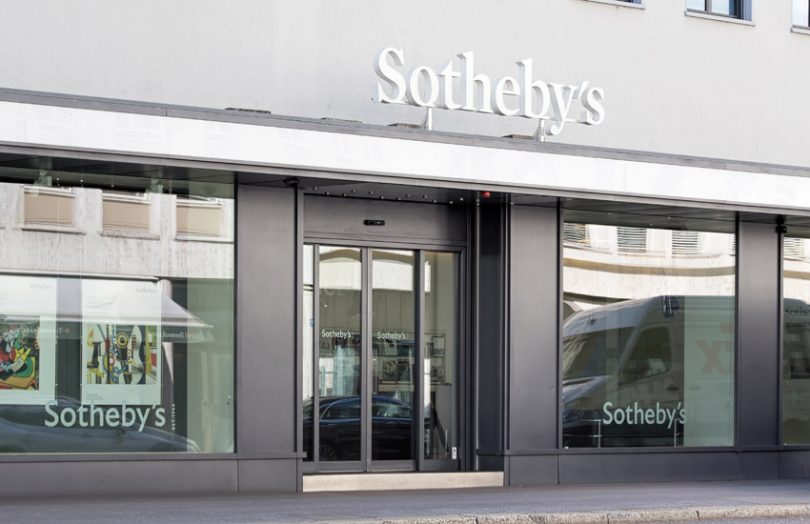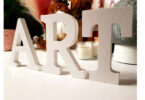Next month, anonymous digital artist PAK will be auctioning some of his creations through the Sotheby’s auction house, according to CNBC Squawk Box. This will be the first first fully tokenized art to be sold at Sotheby’s.
The announcement follows the tremendous success of the sale of a digital art piece at Christie’s auction house last week. The piece was designed by digital artist Beeple and represented a collection of 5000 images that the artist has been publishing over the last thirteen years. The nonfungible token (NFT) sold for a total of $69 million.
The purpose of implementing NFTs when selling digital art is that blockchain technology gives the purchaser certainty that the piece is authentic and provides ownership.
Nevertheless, the value attached to a piece by authenticating it through NFTs can only be achieved if the purchasers are certain that the artist was the one who issued the tokens, and they have the right to do so. DC Comics recently wrote to artists telling them they can’t use comic characters such as Batman and Wonder Woman for NFTs. As such, having auctions of tokenized digital art conducted in well-renowned auction houses enhances the credibility of the technology and ensures buyers that the process is legitimate.
Sotheby’s is following in Christie’s footsteps, but it is adding some innovative elements to the auction. While Christie’s auctioned a single piece of art, Sotheby’s will be selling more than one work of art. Also “open editions” will be sold. Most NFTs are not single edition, but there are a limited number of pieces specified in advance. But with open editions, for a short amount of time (minutes), people can buy an unlimited number. Hence the quantity of the limited edition is not defined in advance. Sotheby’s CEO Charles Stewart also said that more innovations will be announced in the coming weeks.
It will be interesting to see how crypto art develops. On the one hand it is completely disrupting tradition. Selling a moving image on a screen for millions of dollars is something hard to imagine even a decade ago. This may cause a clash with more traditional people in the industry and create a clear division in the audience for digital and physical art. On the other hand, digital art may become more accepted across the industry and showcase a new canvas for artists to produce content.
It’s also possible that digital versions of physical art sold as NFTs could result in the discovery of new artists. In that case, not only could they earn income from the NFTs, but it could also increase the profile and value of the physical piece.
Of the 33 bidders at Christie’s auction, 30 had never participated at an auction at the House before and 64% were less than 40 years old. The winner is an investor at an NFT investment fund. It is certainly a different audience compared to what the art world is accustomed to. Sotheby’s is also expecting a different demographic for its auction, but given the success and commentary around Beeple’s 5000 days sale, there is the potential for more people with an art background to be interested in PAK’s auction.
“It’s still very early with crypto in general,” said Mr. Steward. “This has the potential to bypass a lot of traditional gatekeepers”. Some might perceive Sotheby’s as one of them.
Meanwhile, NFTs can also be used outside of the art world to authenticate pieces of work. This practice is becoming common among luxury brands. Arianne, a luxury consortium, issues digital passports for luxury goods such as Breitling watches. DC comics is also exploring issuing NFT collectibles after an independent artist sold a pieces of work featuring Wonder Woman for $1.85 million.






